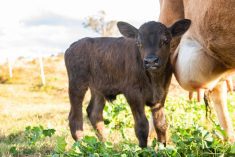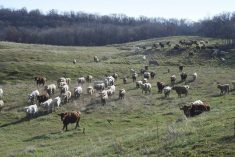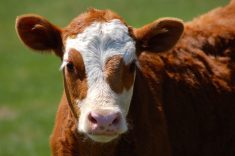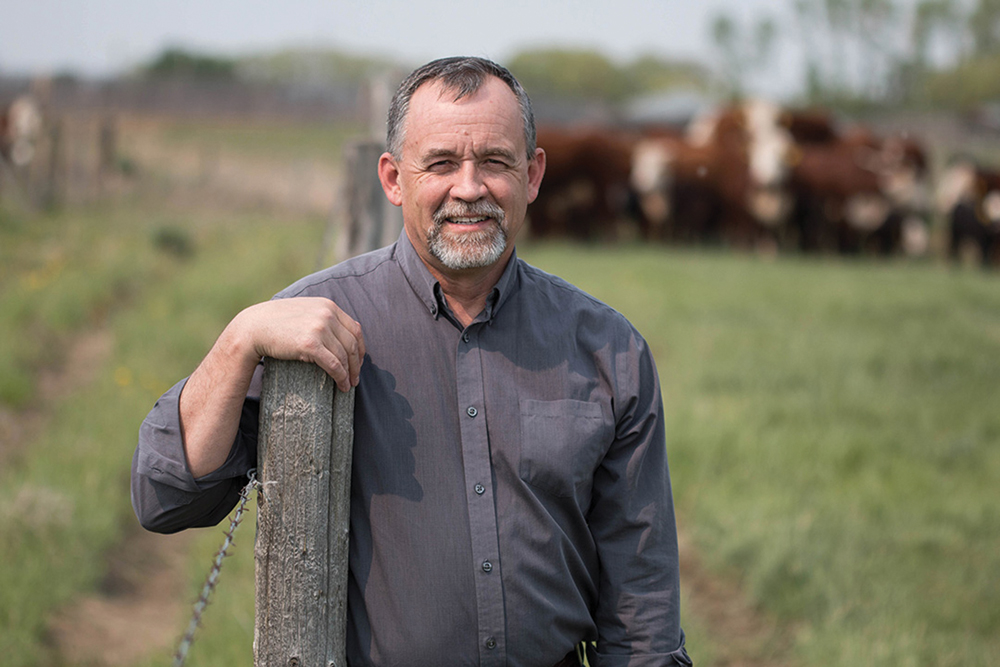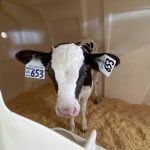The sow’s protein and fat reserves may be severely depleted dur ing the suckling period due to the limitations of appetite, notes Dr. Bas Kemp from the department of animal sciences at Wageningen University in the Netherlands. Weight and protein losses exceeding 12 per cent have been shown to result in reproductive problems such as extended weaning to oestrus intervals, lower conception rates and reduced subsequent litter sizes, he told delegates at the recent Manitoba Swine Seminar held in Winnipeg.
The impact of feed restriction has changed considerably over the last 20 years due to genetic selection for a shorter weaning to oestrus interval.
Read Also

Hands-on with agriculture draws students to AG EX
Urban students flock to MooMania and EweMania at Manitoba AG EX 2025 to get a taste of cattle and sheep production and where their food comes from
“In the ’70s and early ’80s, feed restriction during lactation resulted in a big increase in weaning to oestrus interval, up to about 10 days, but had hardly any effects on ovulation rate and embryo survival,” Kemp said.
More recent data show that the impact on weaning to oestrus interval is less than one day, while the effects on ovulation rate and embryo survival are much more pronounced. Feed restriction appears to decrease ovulation rate by


